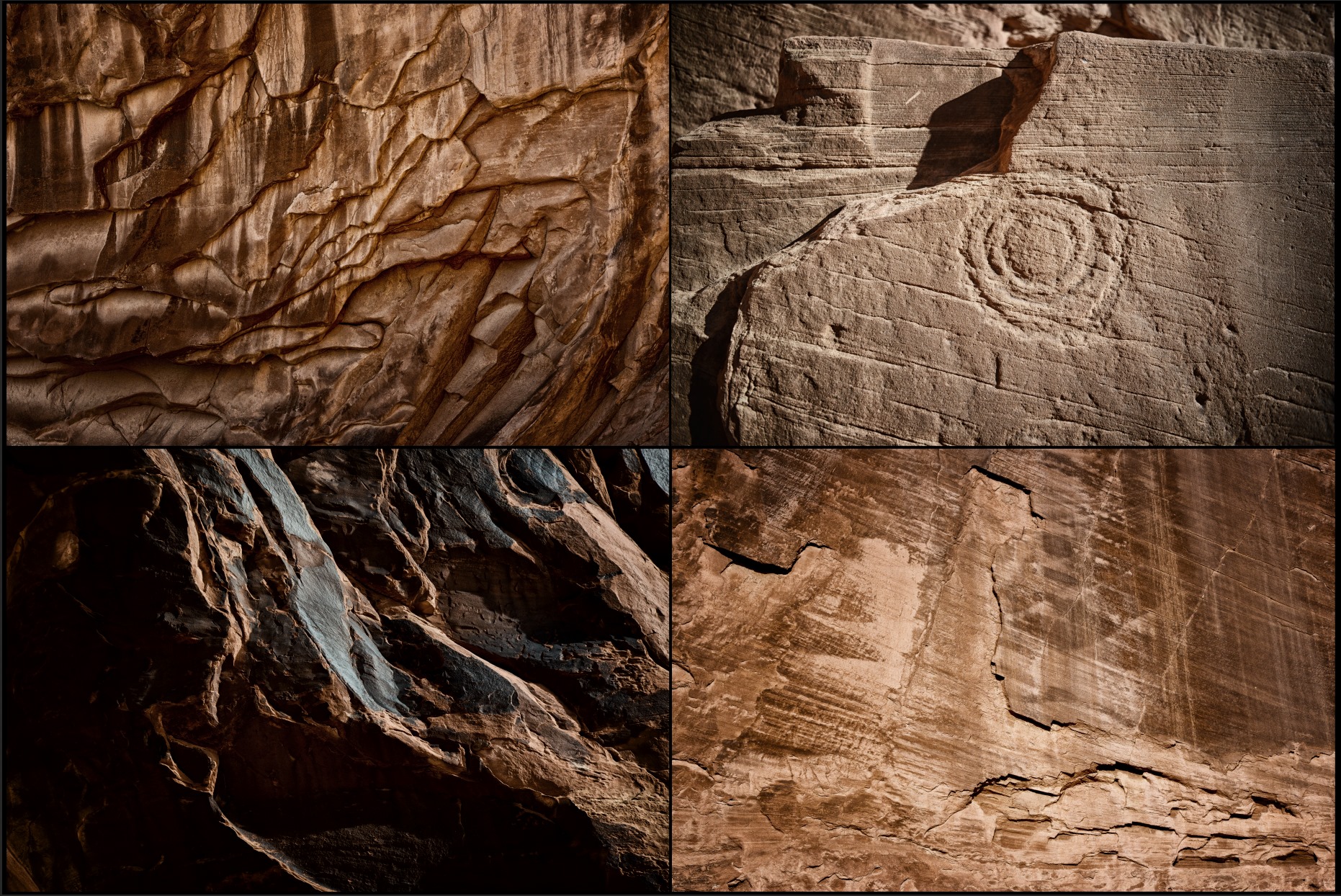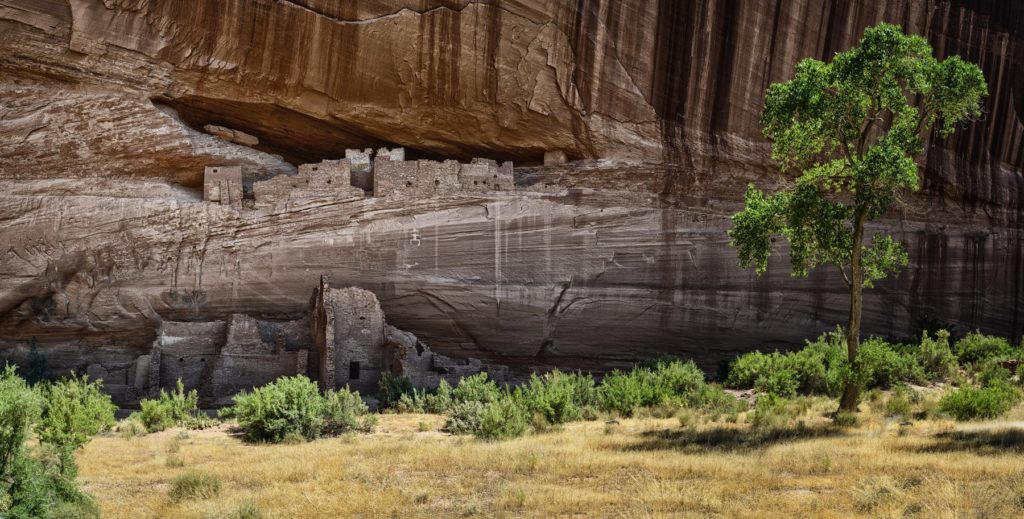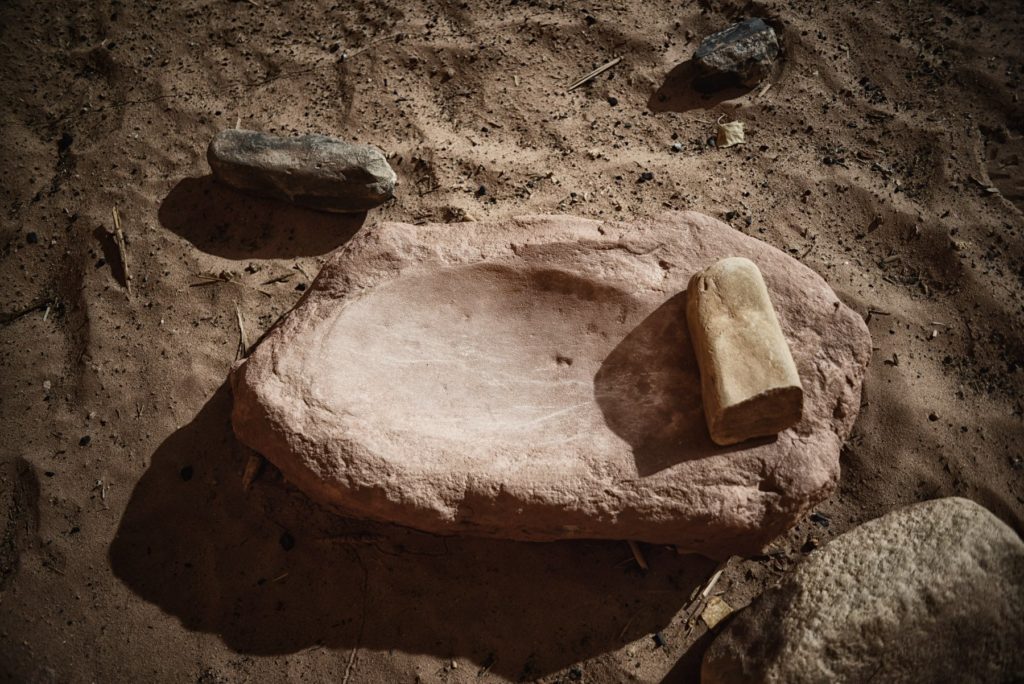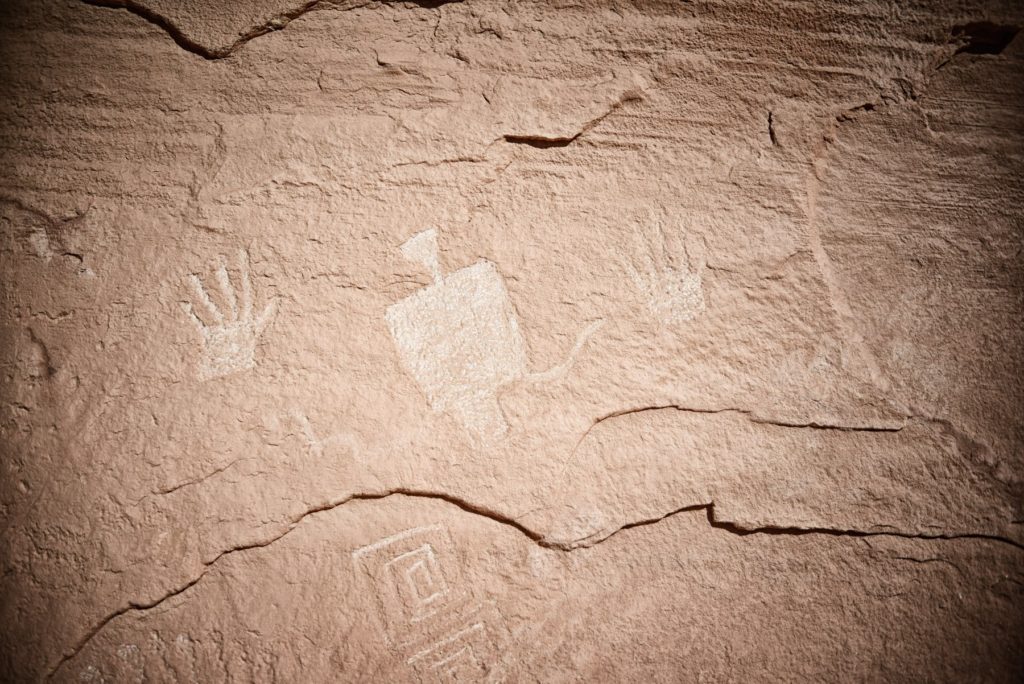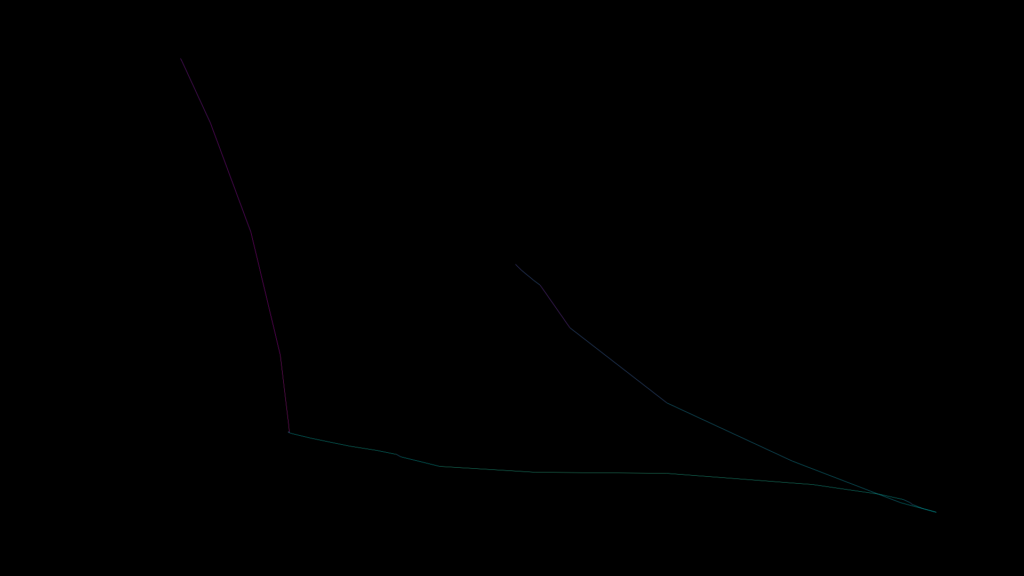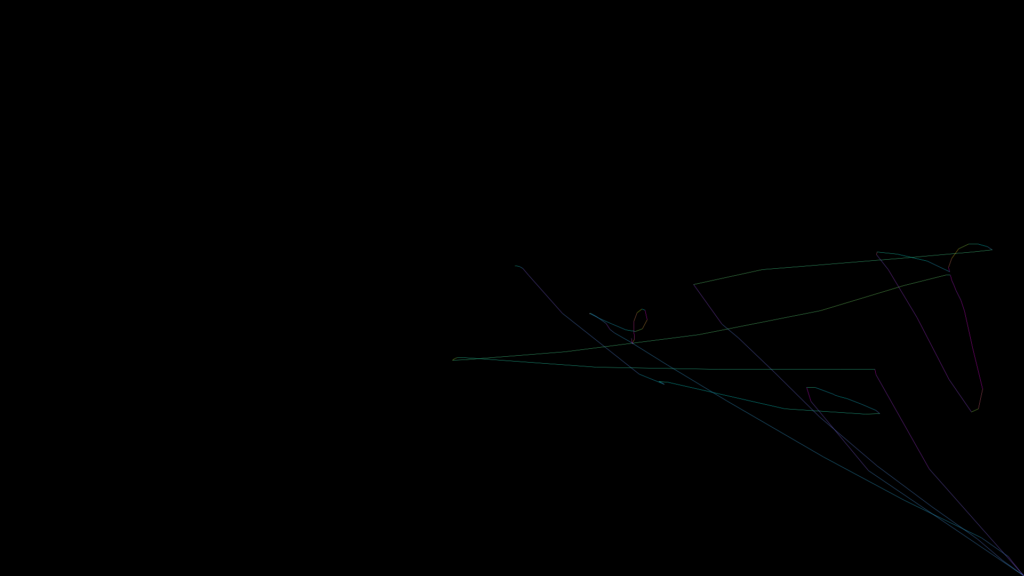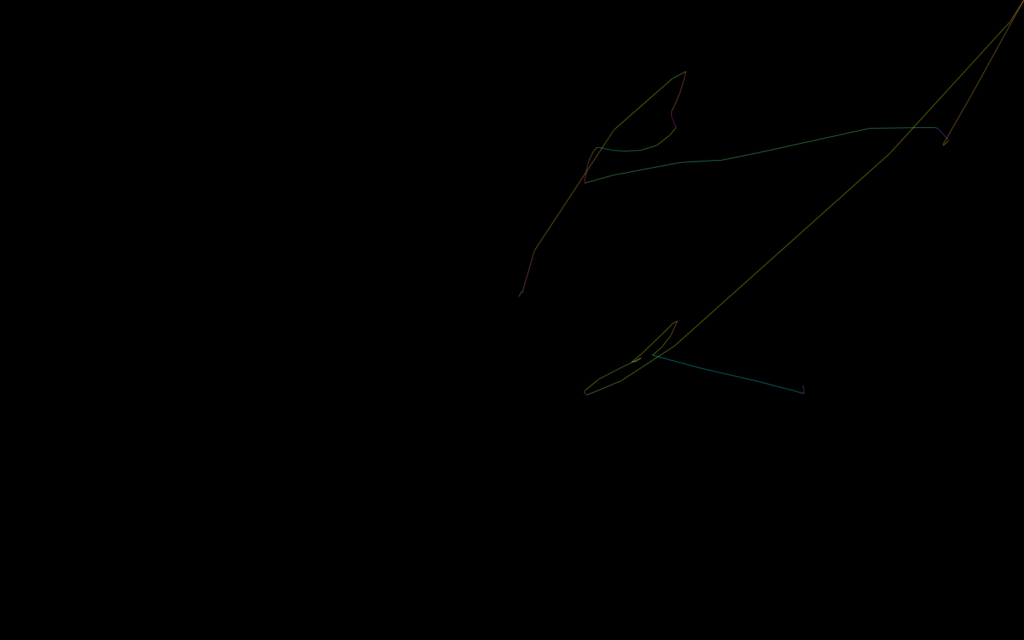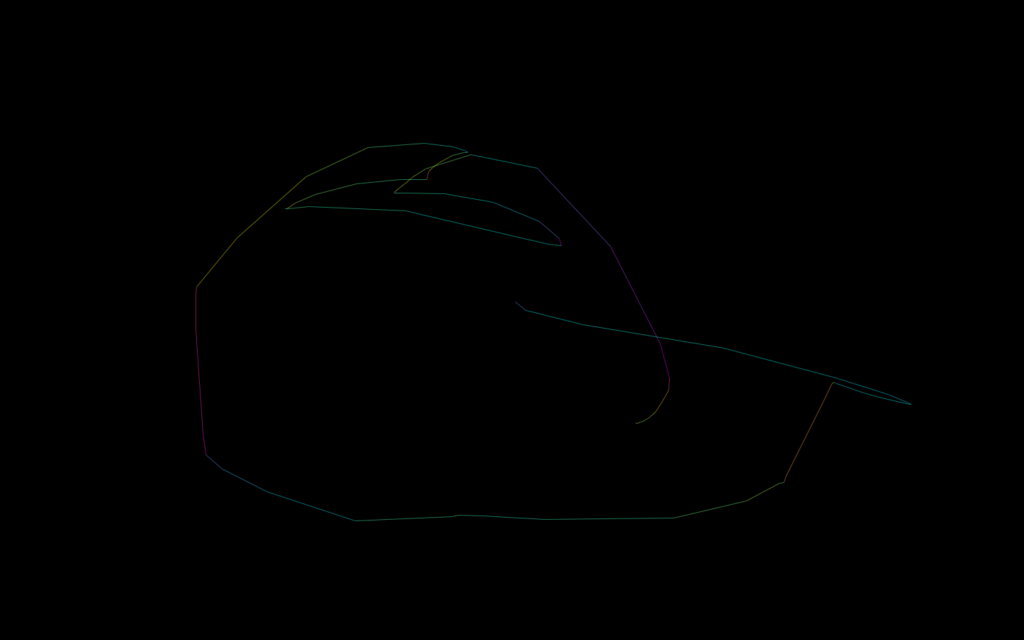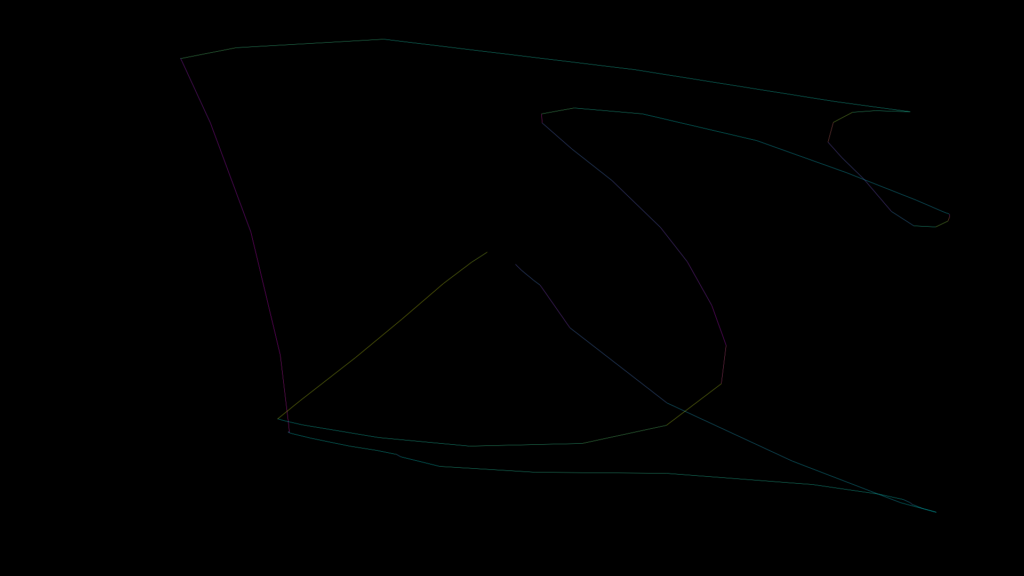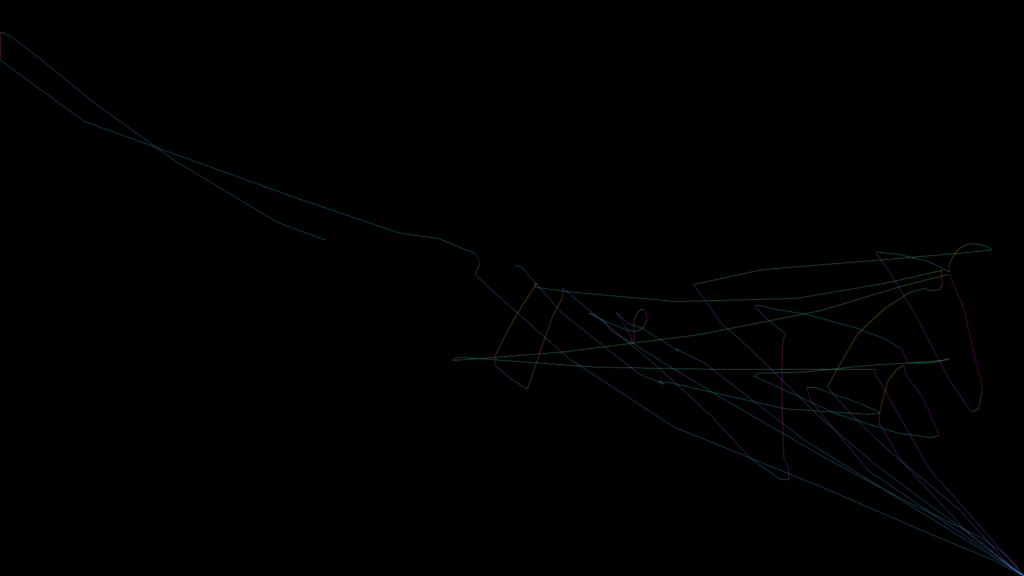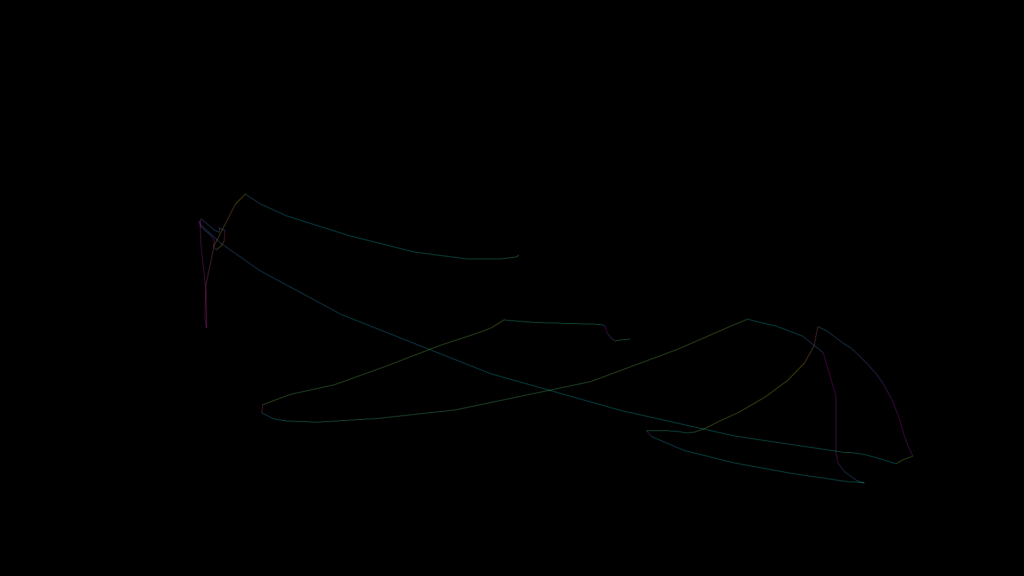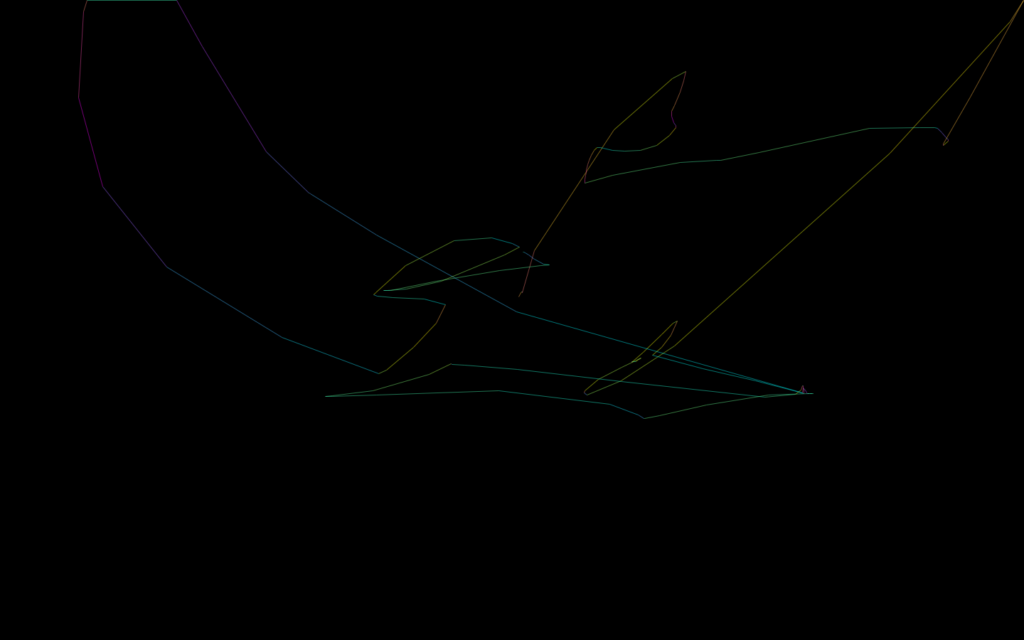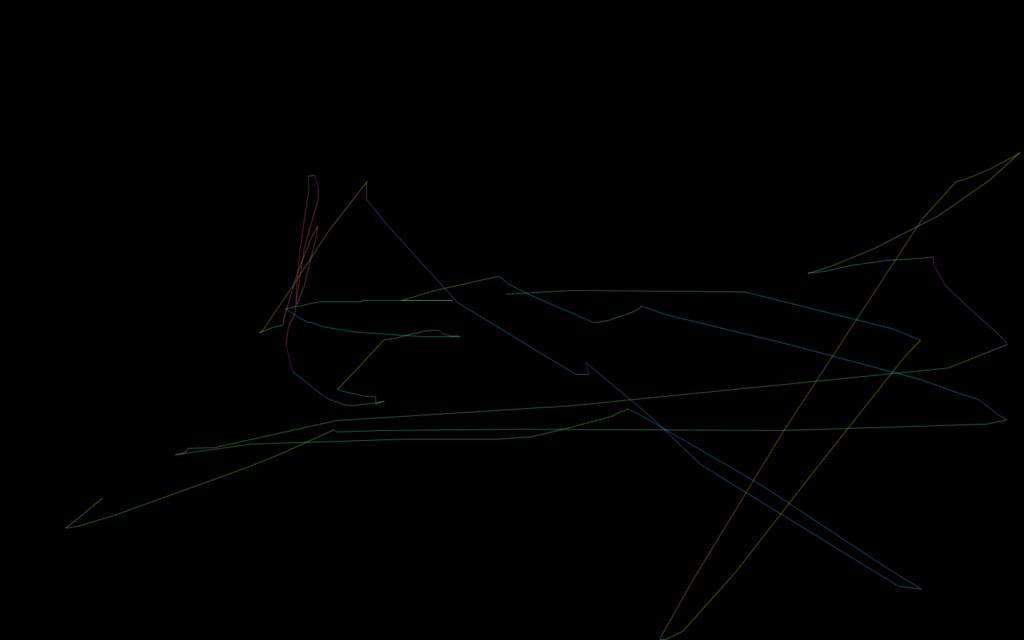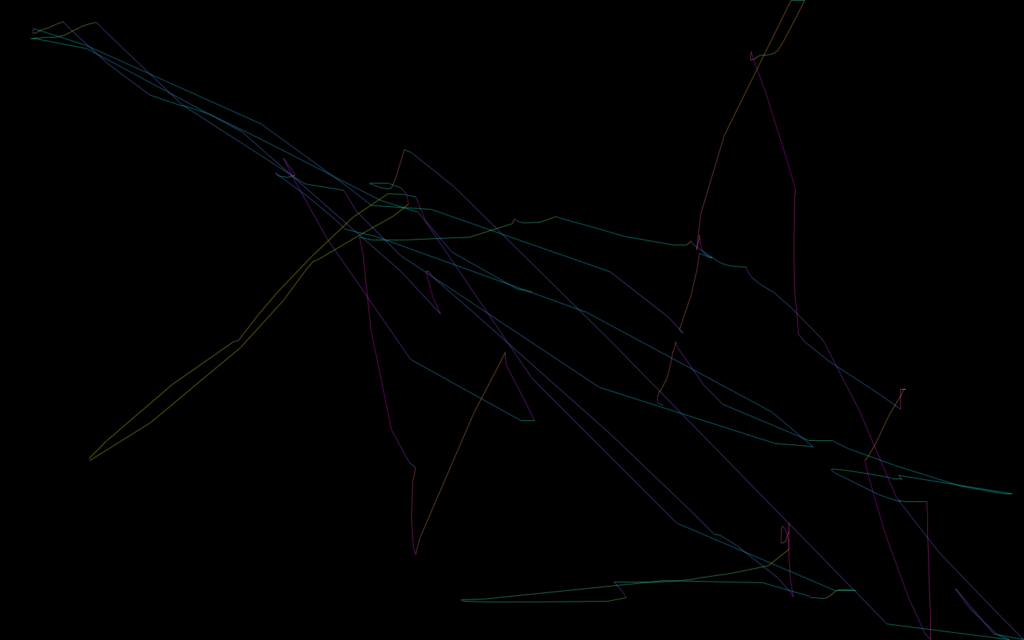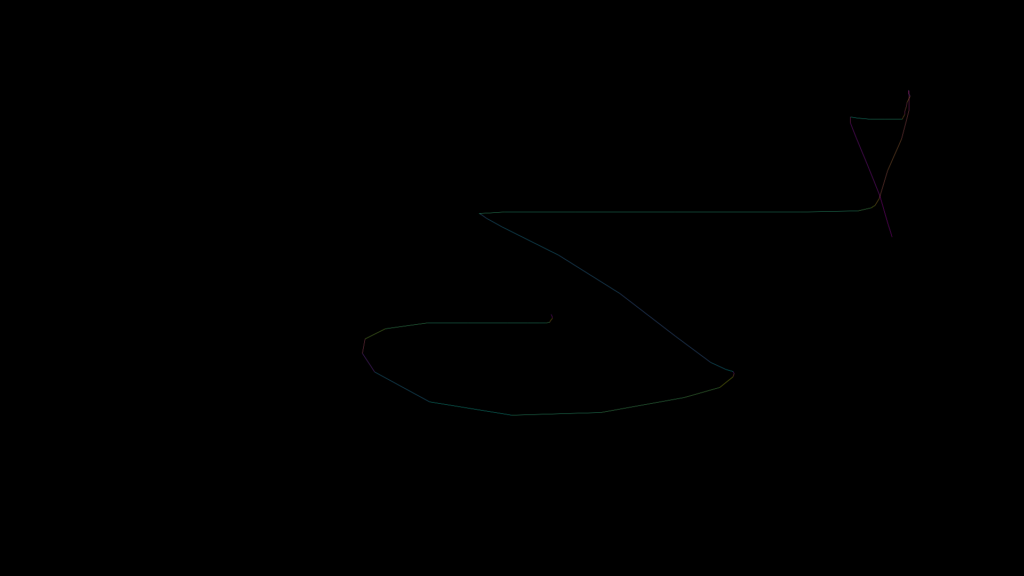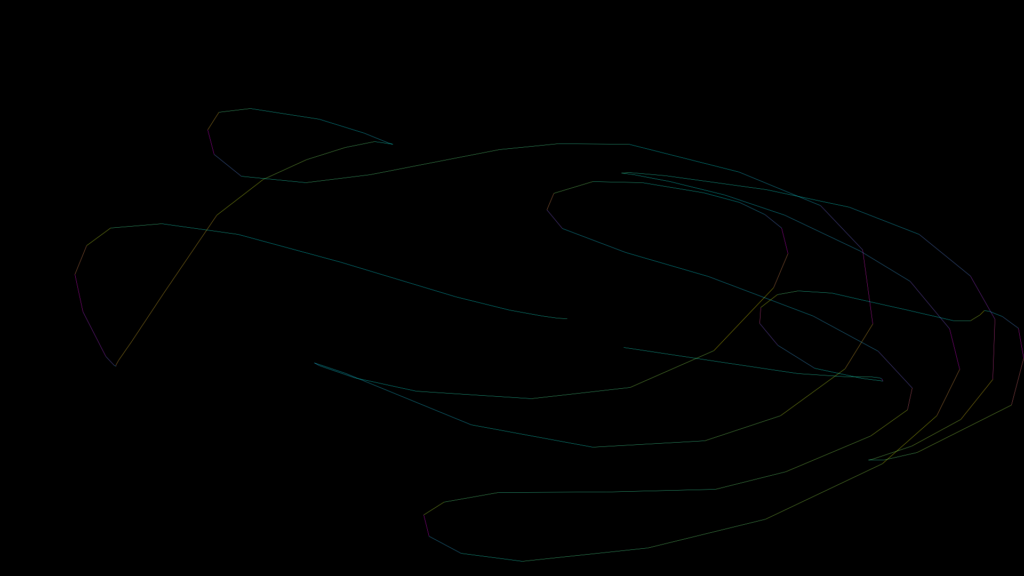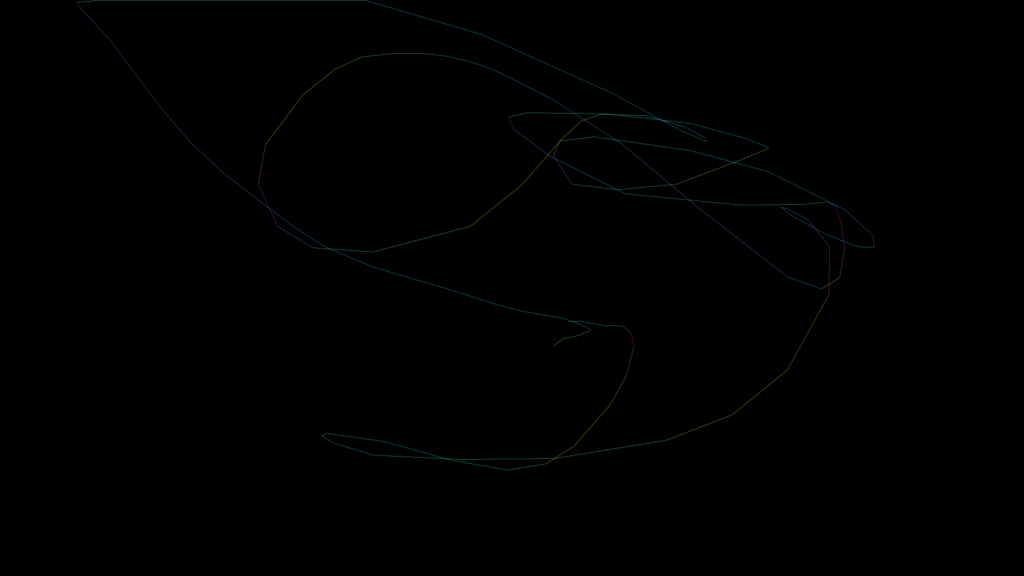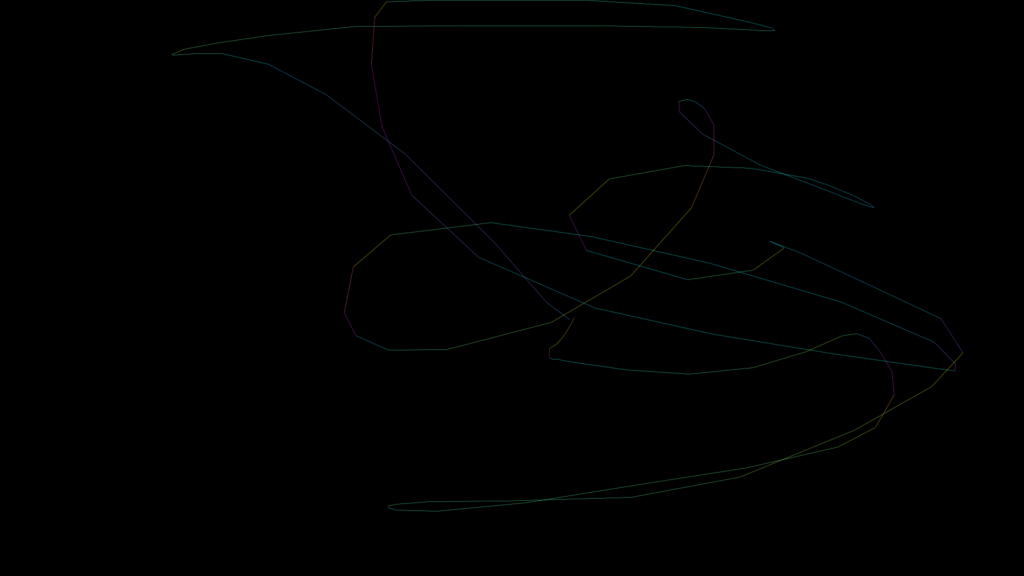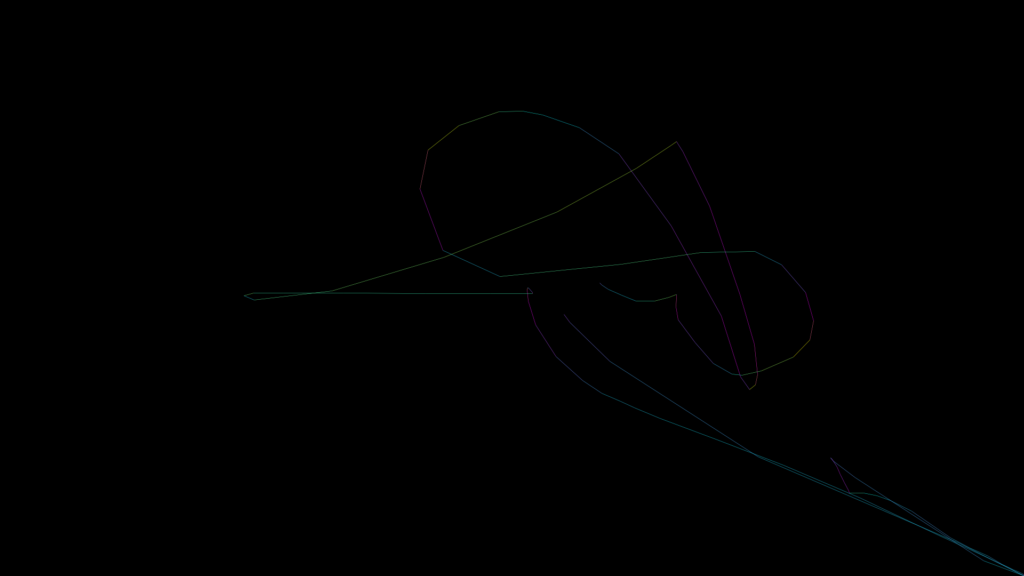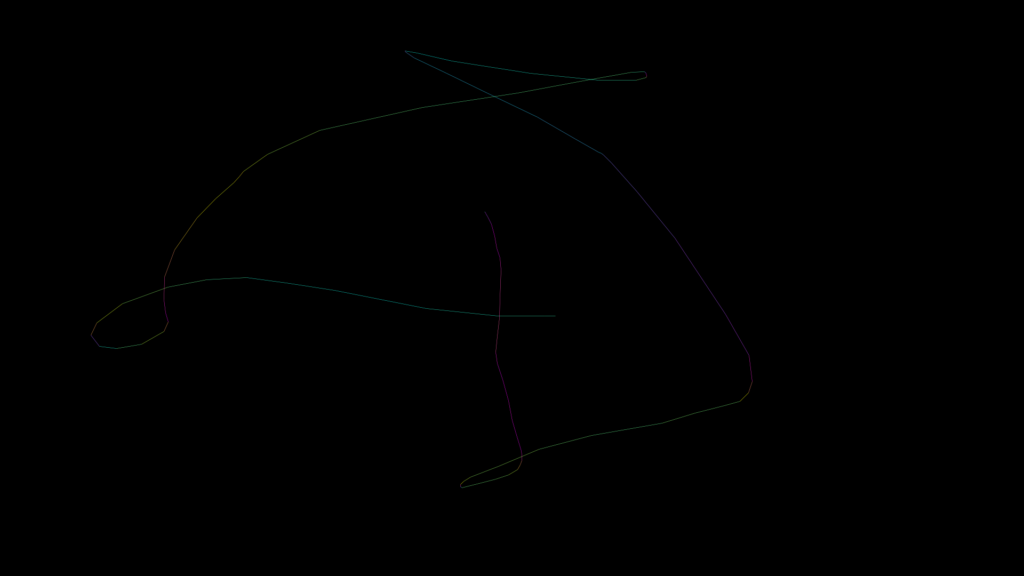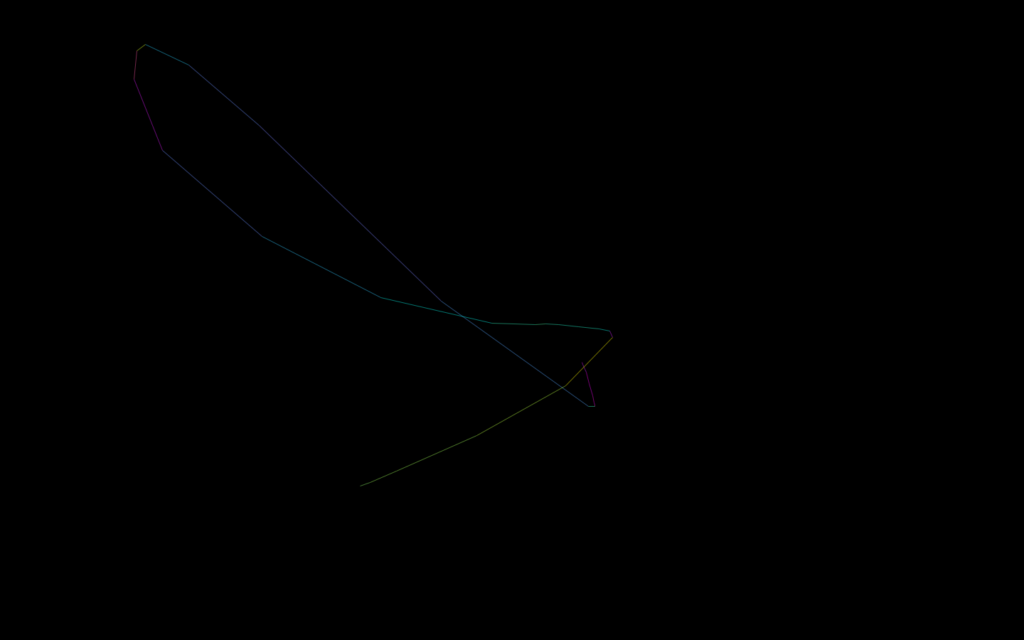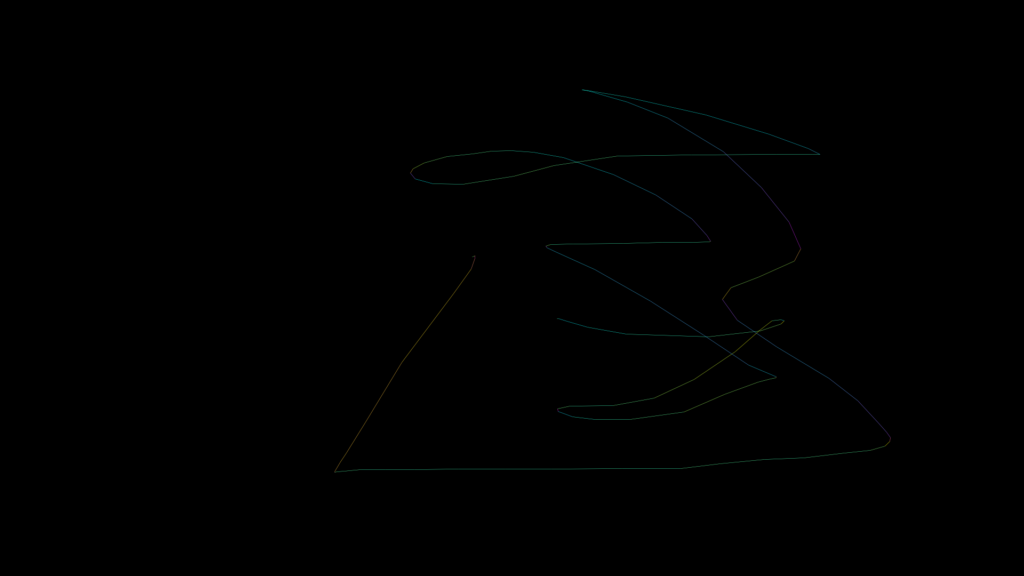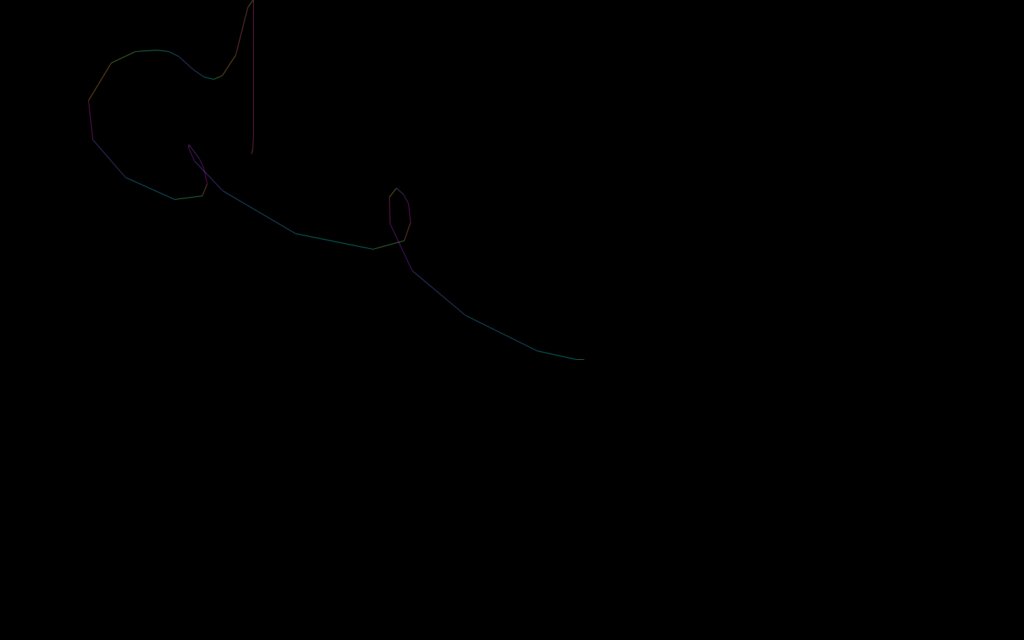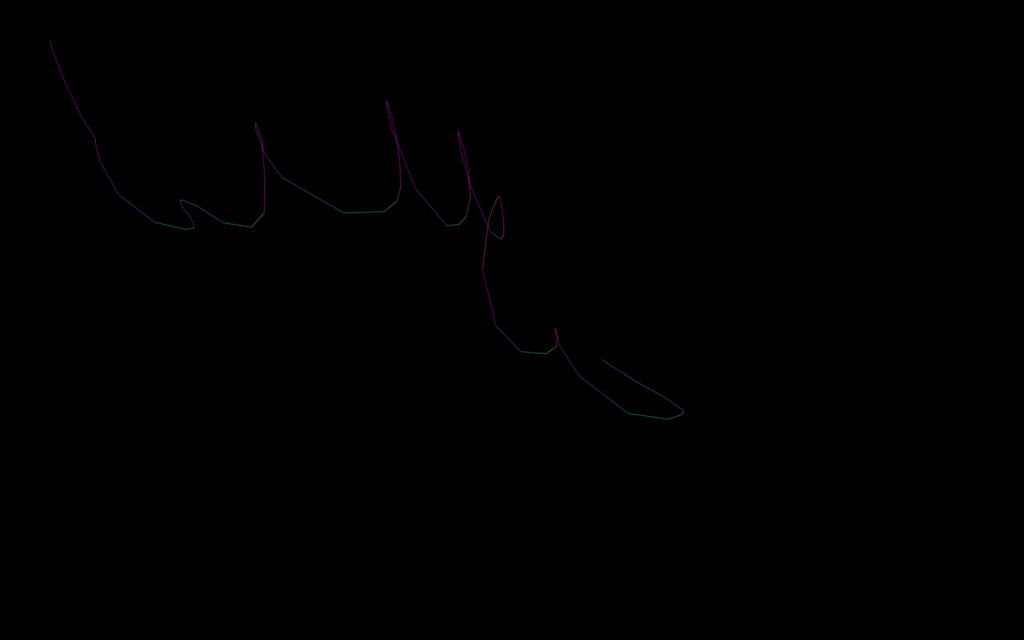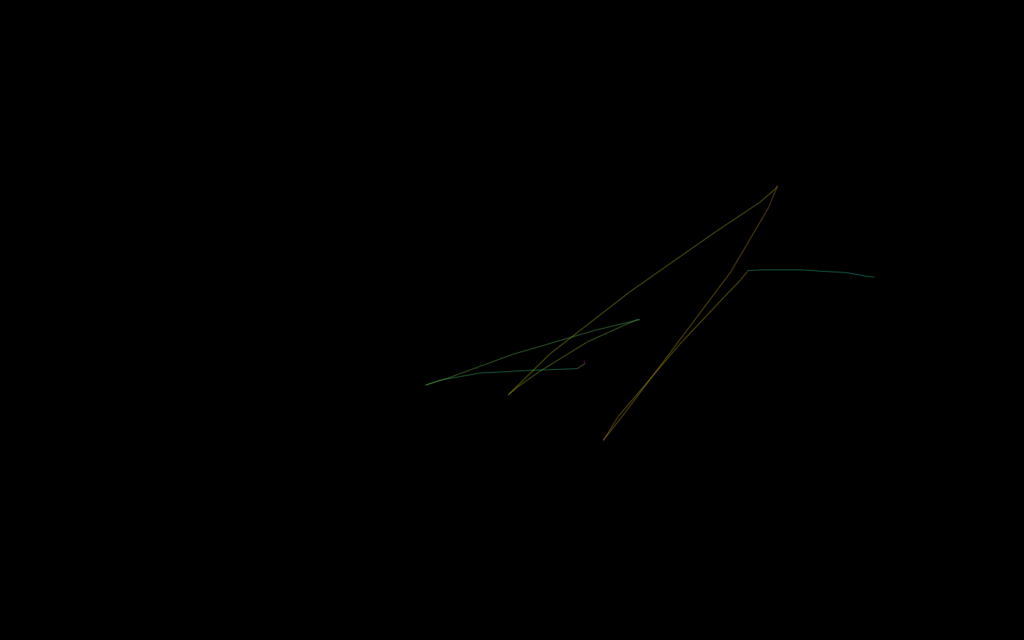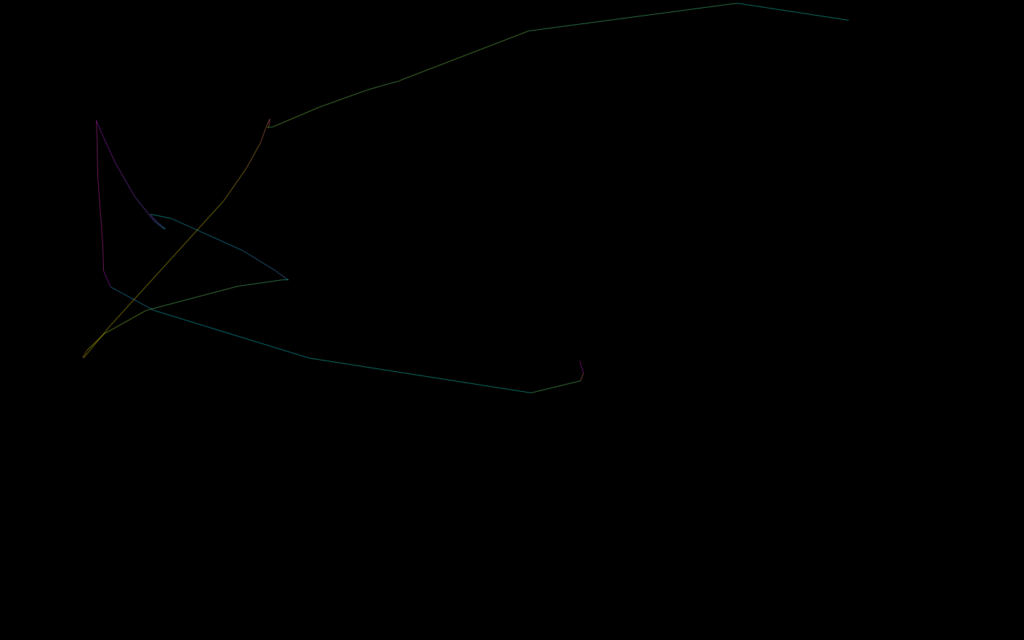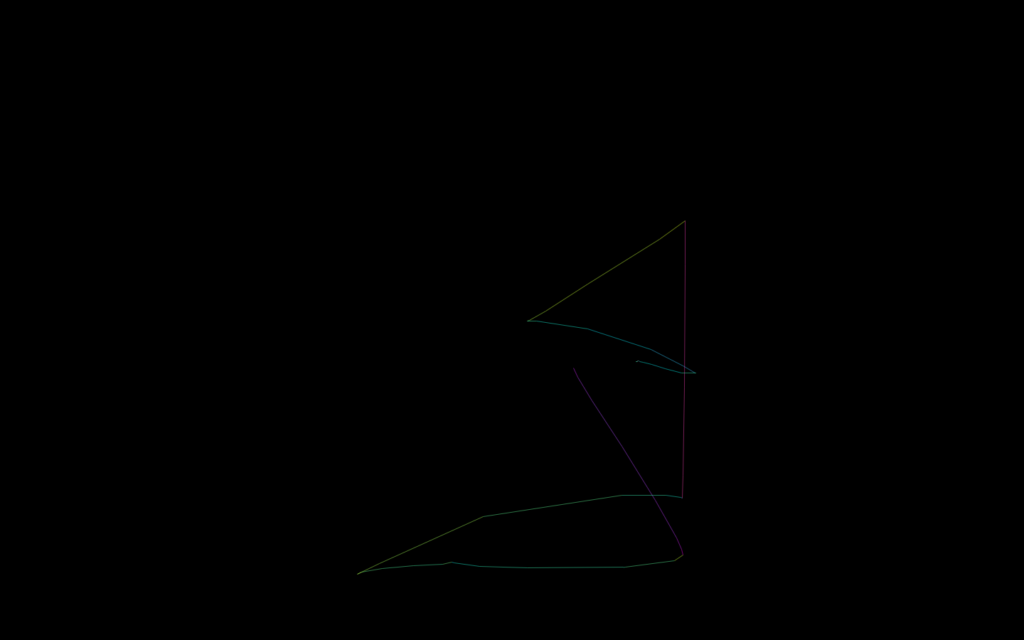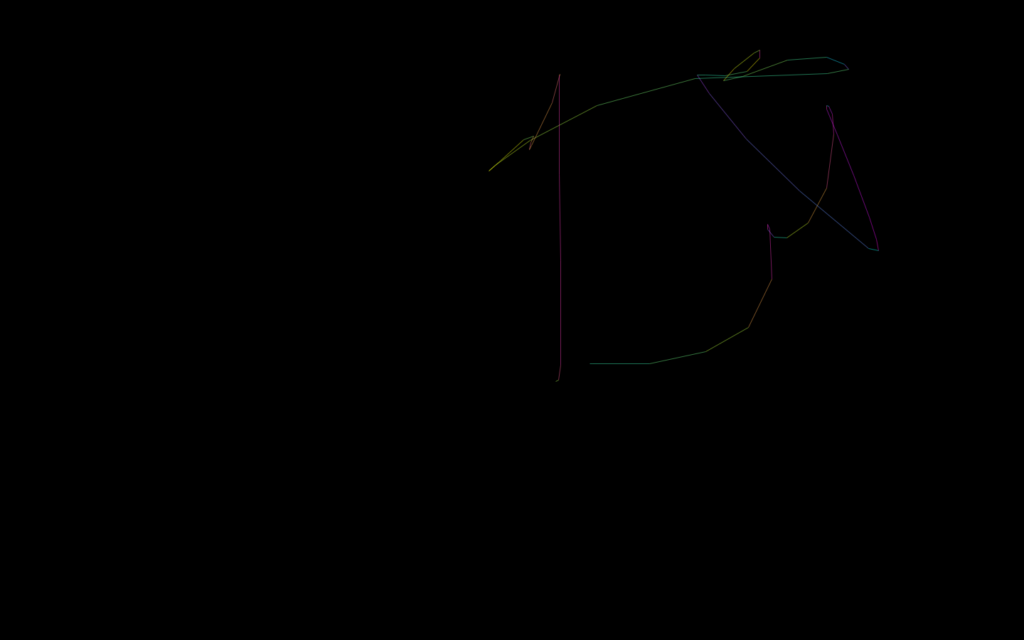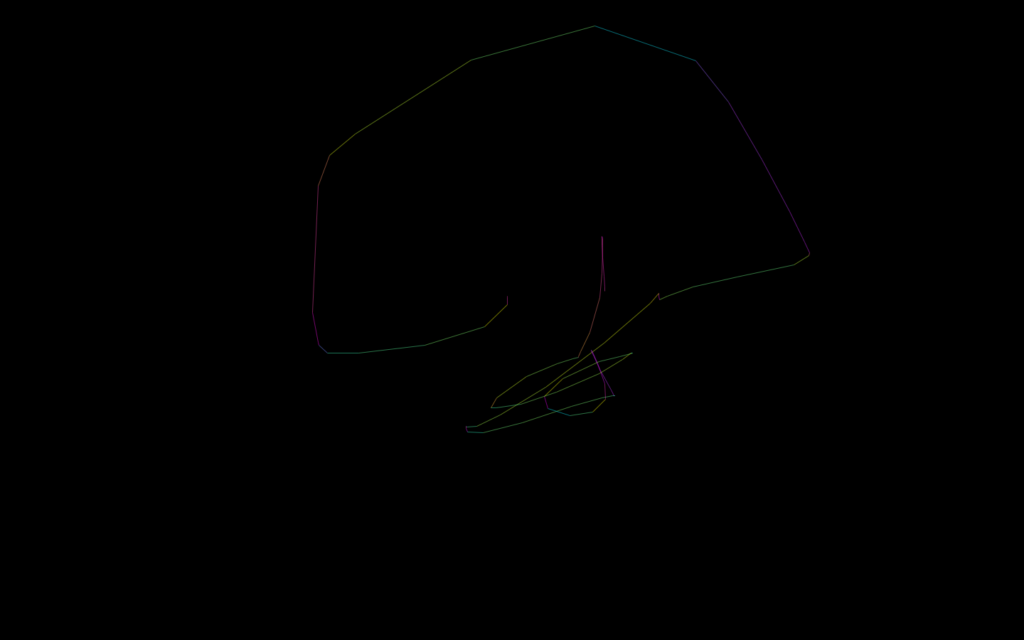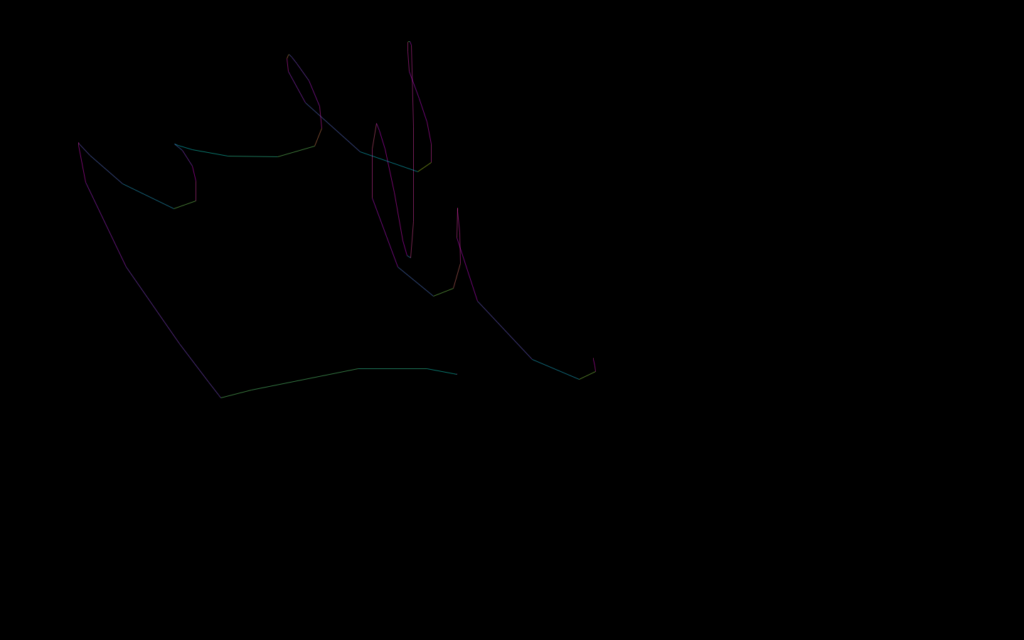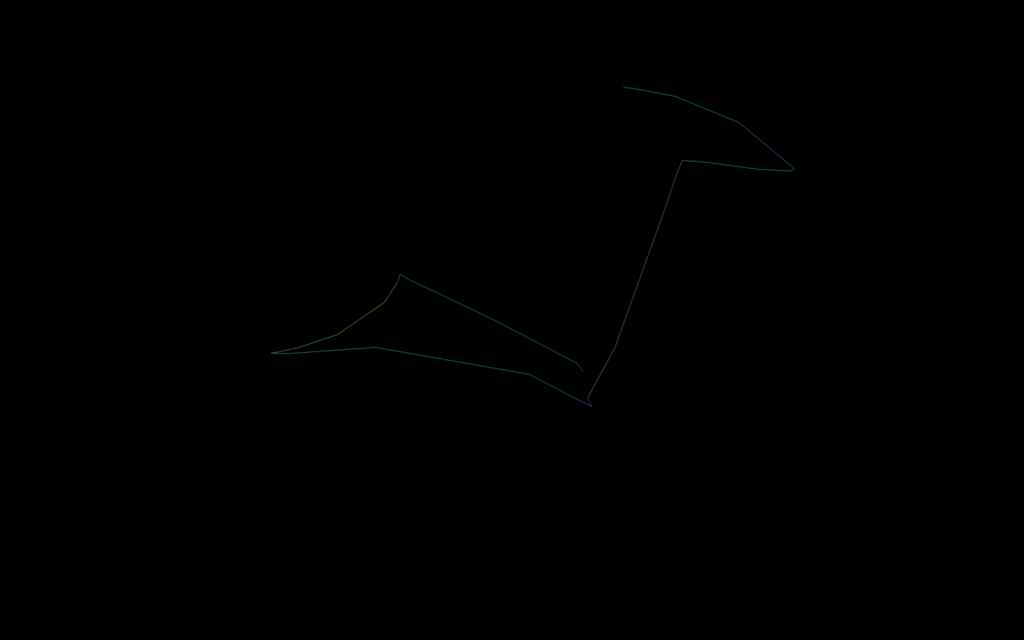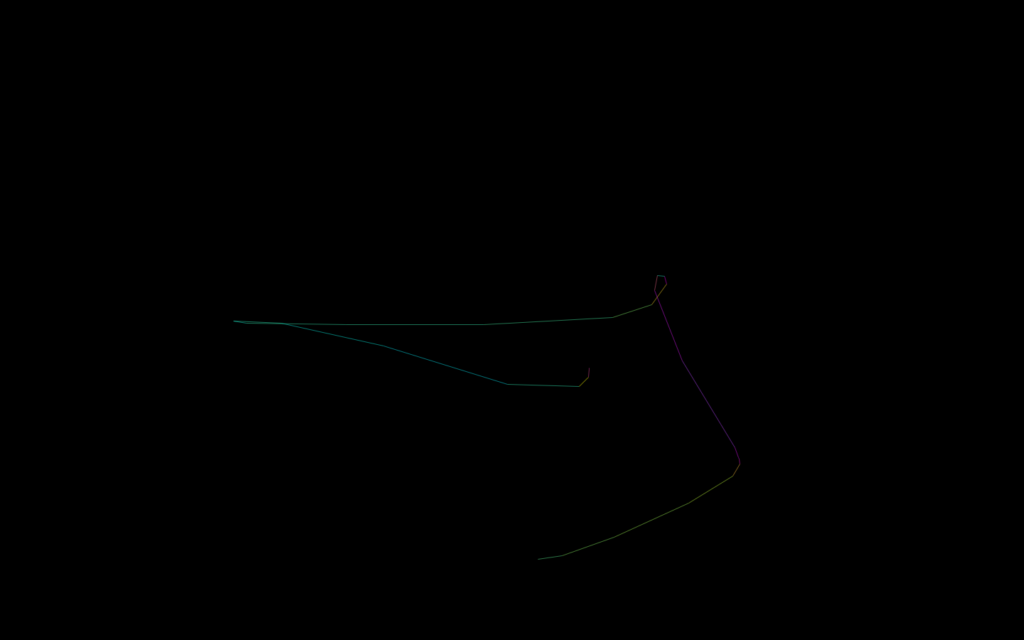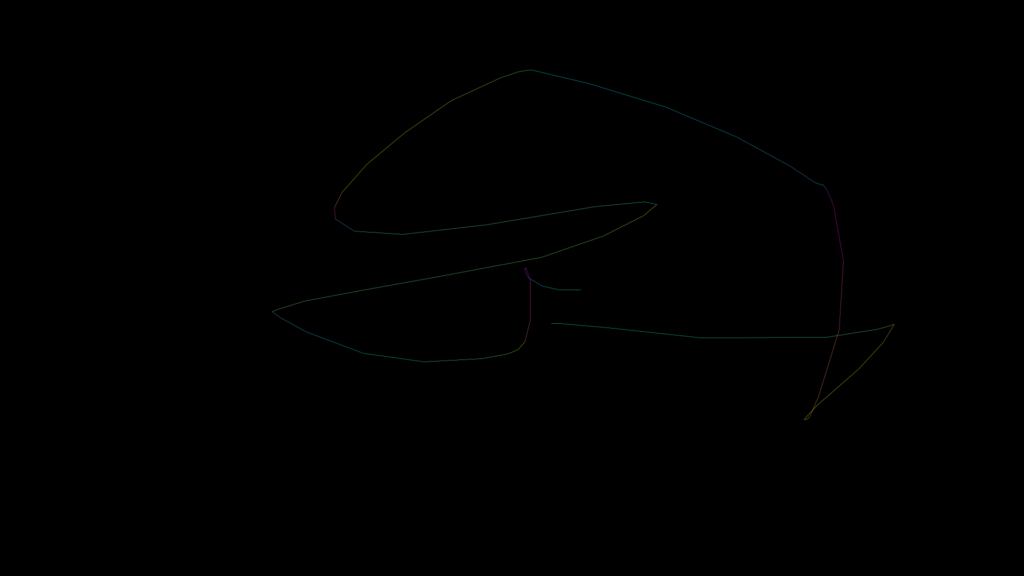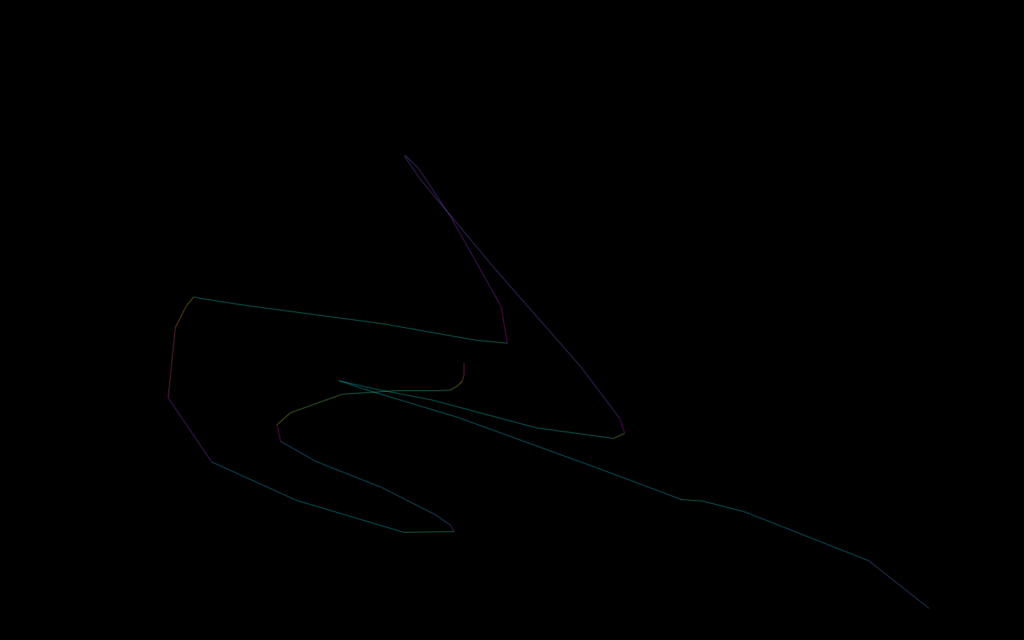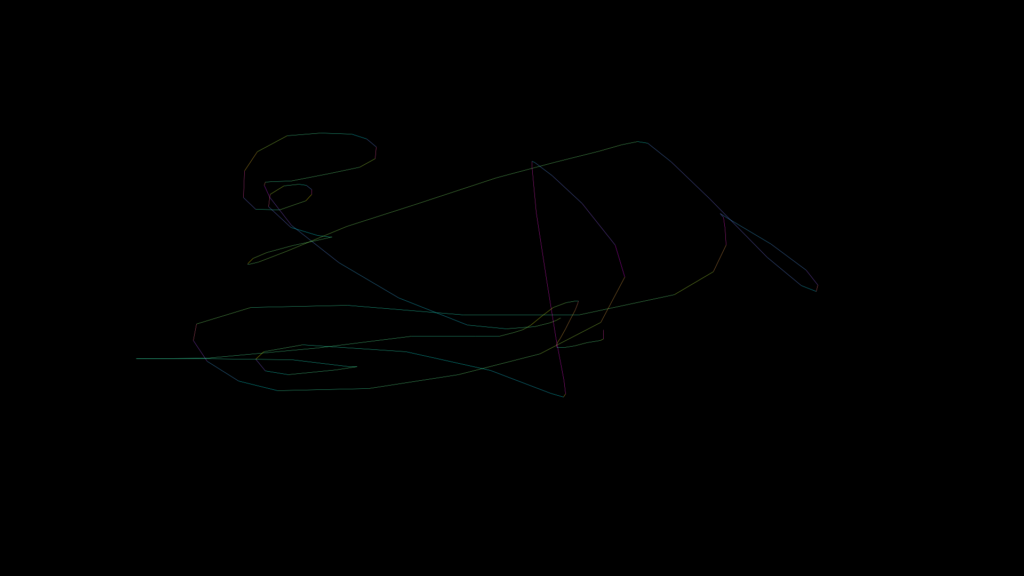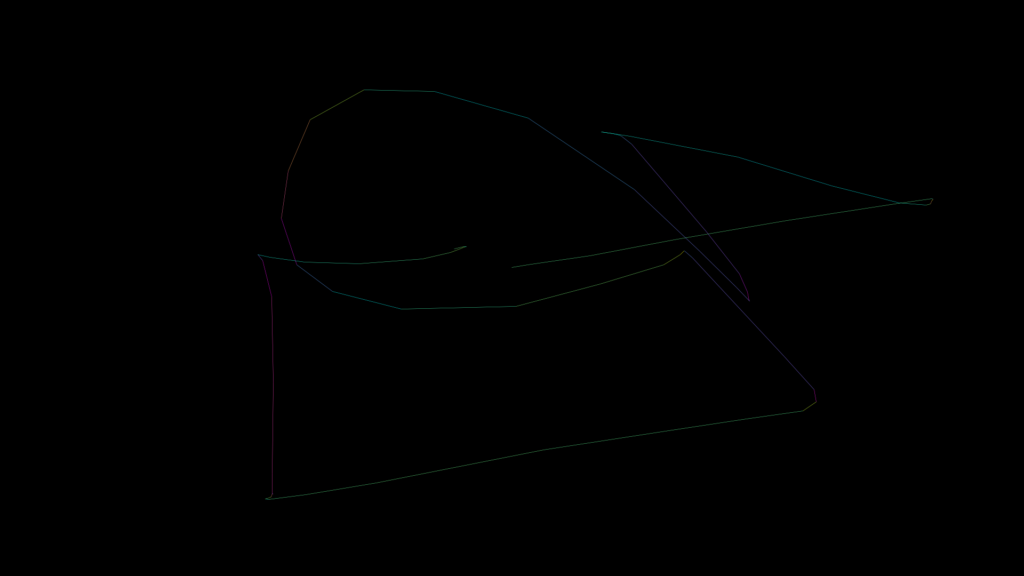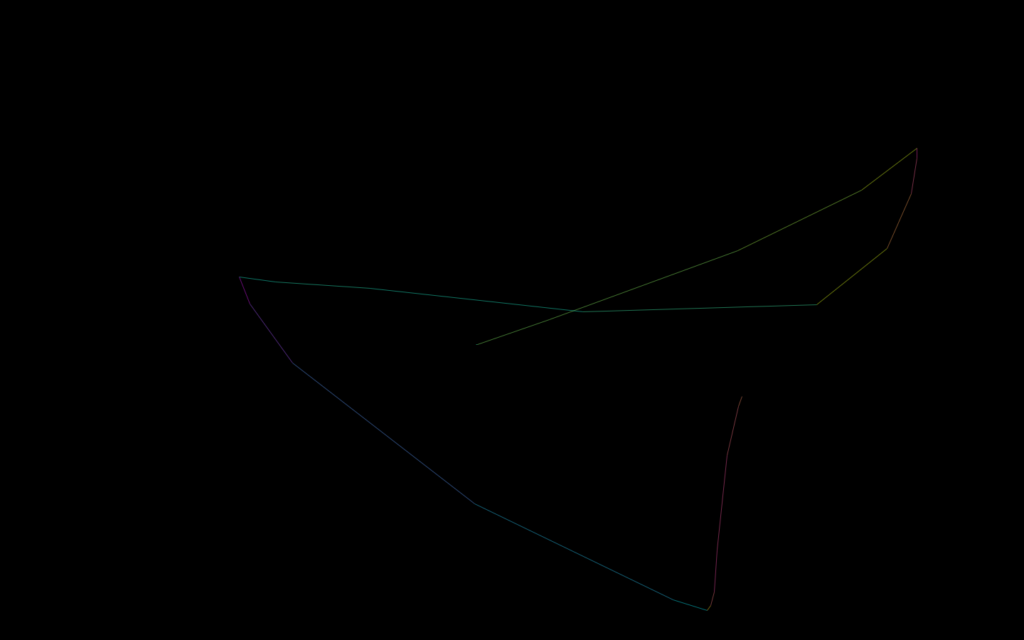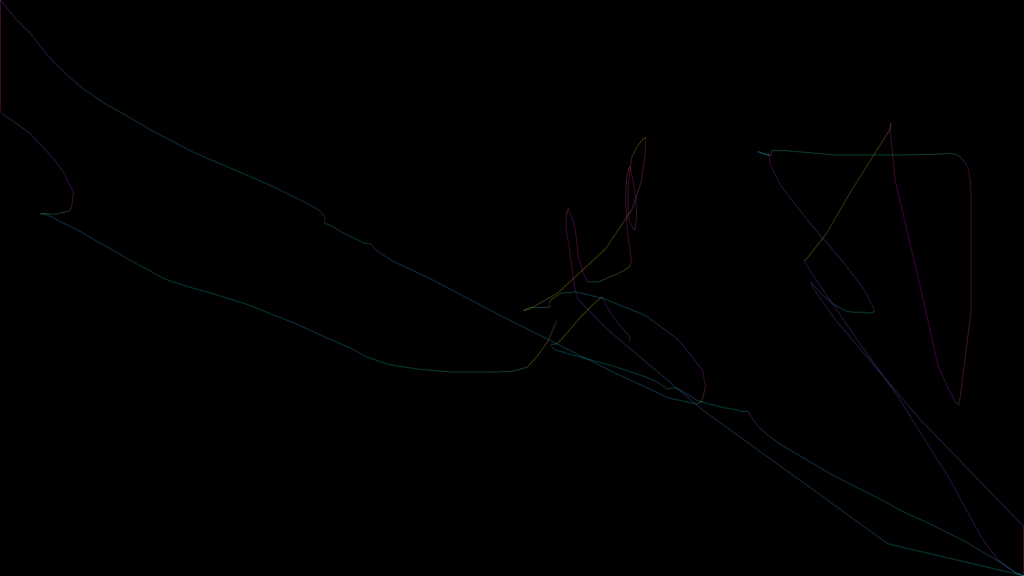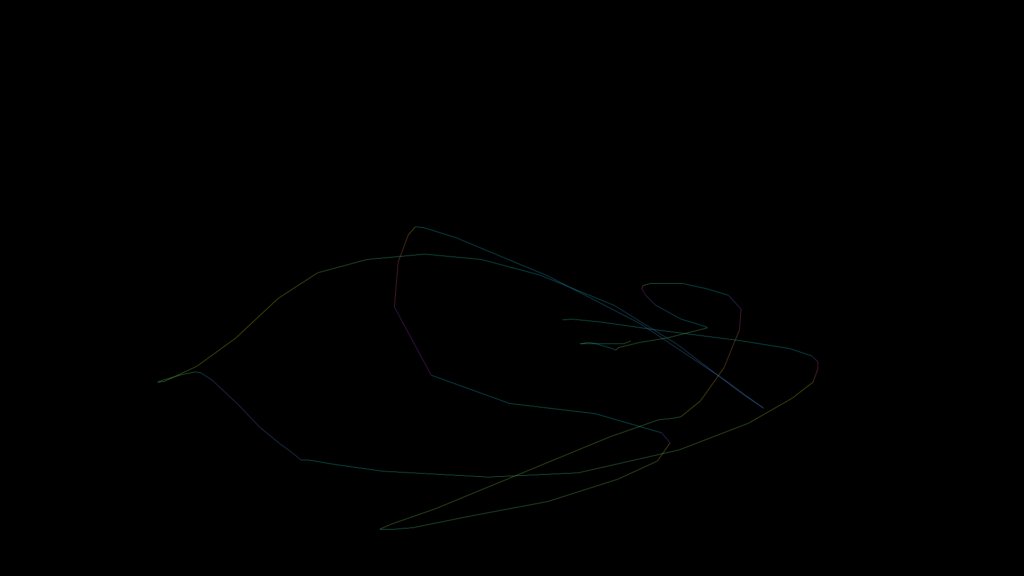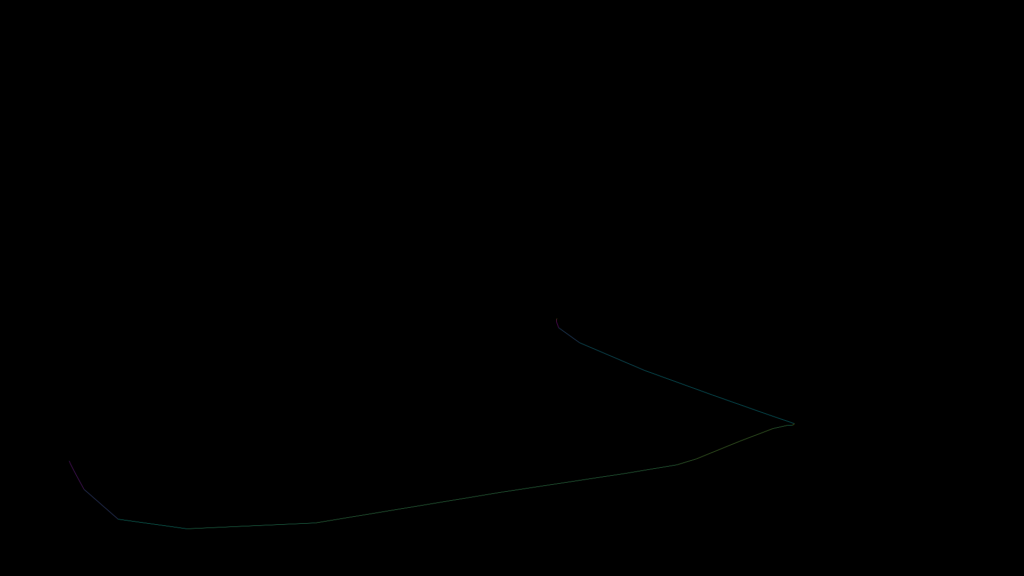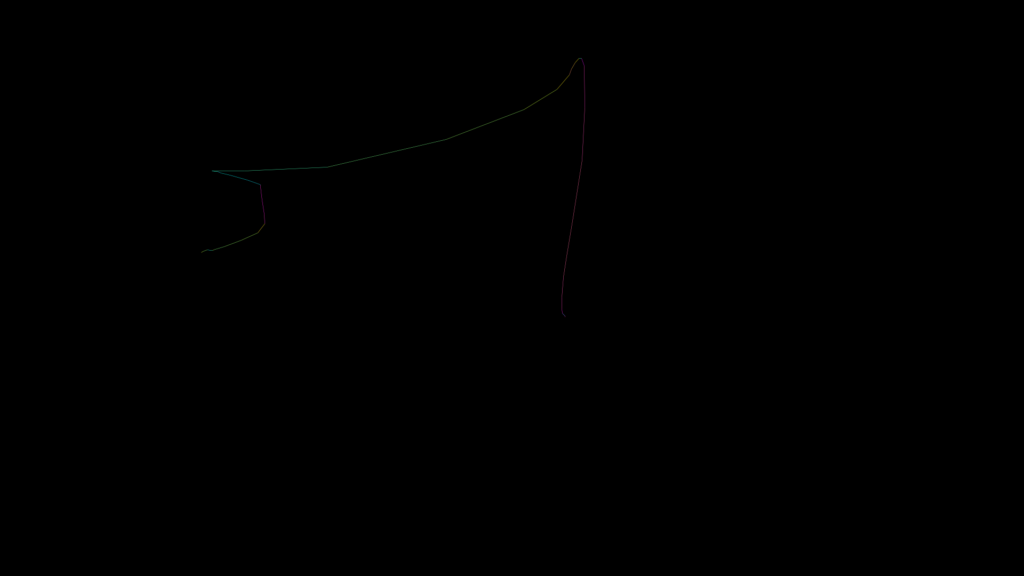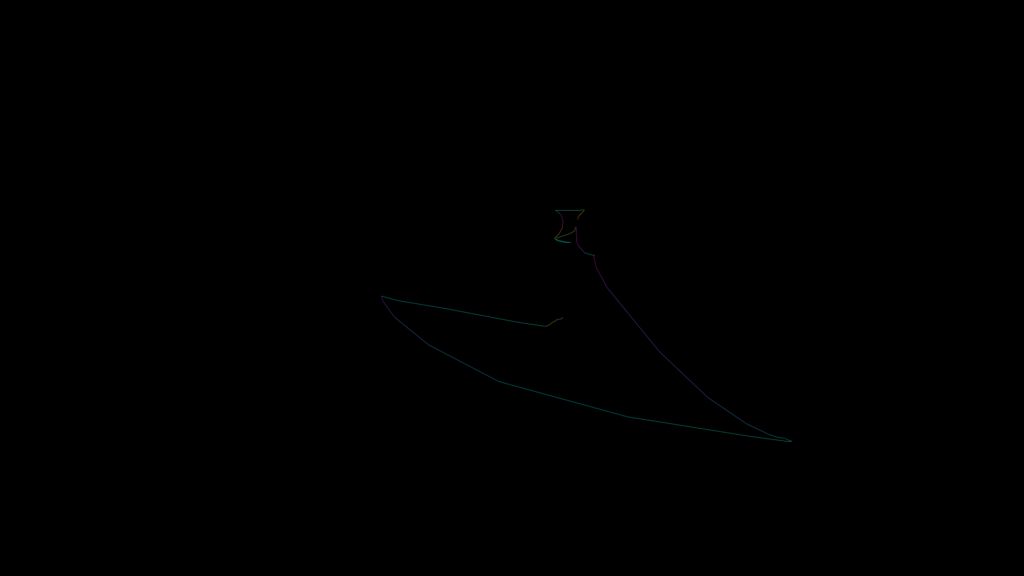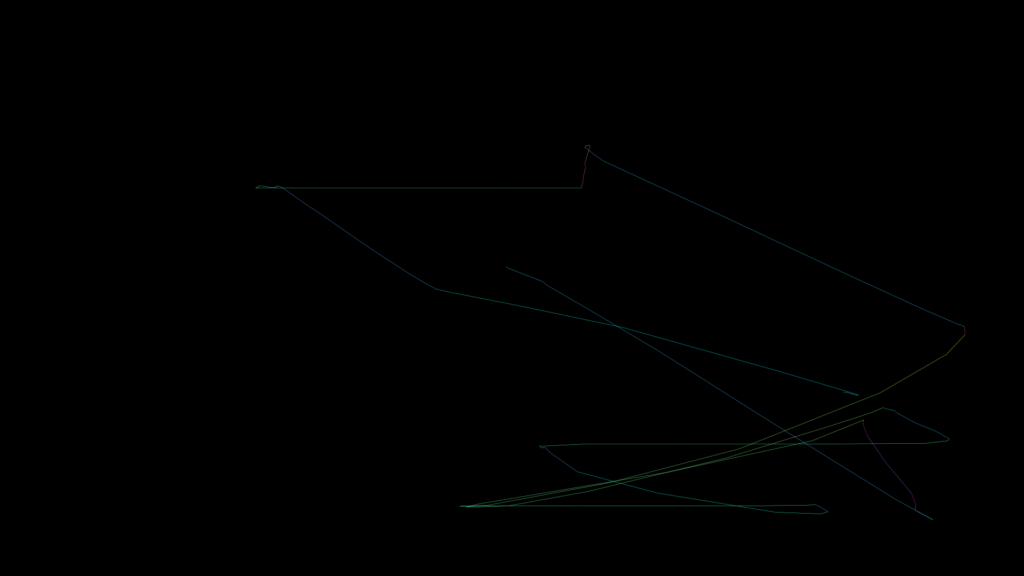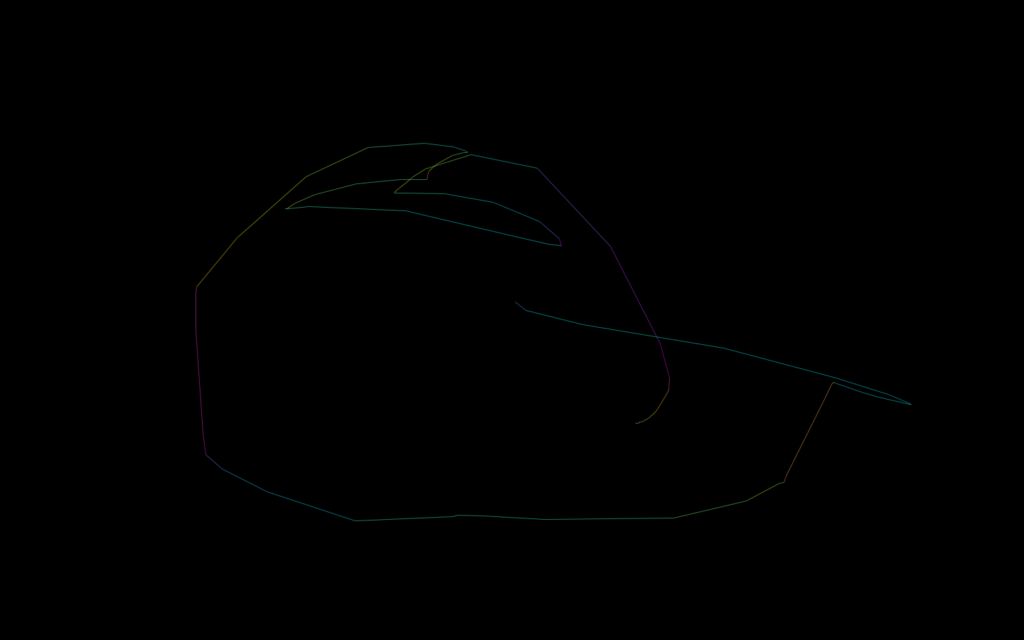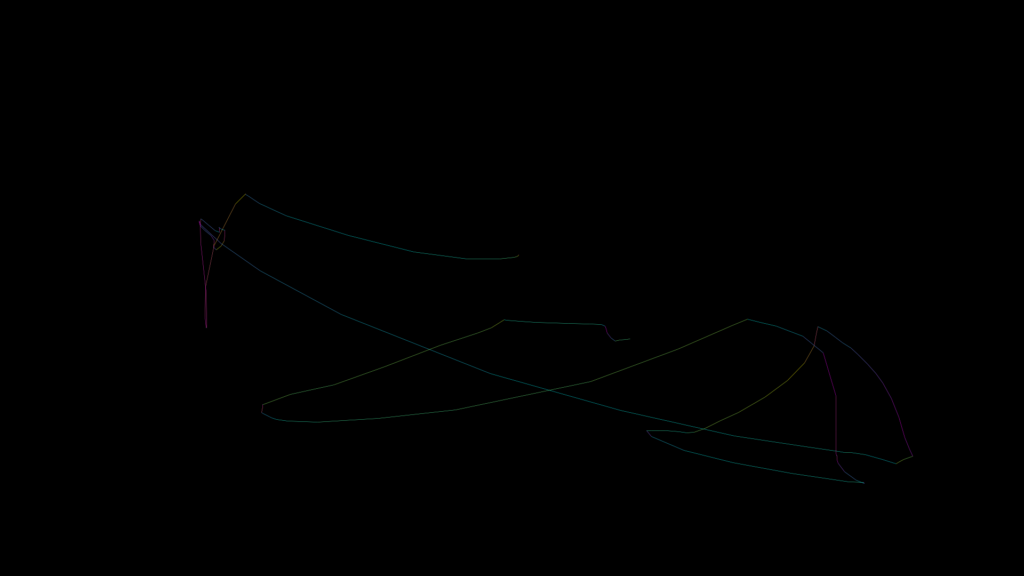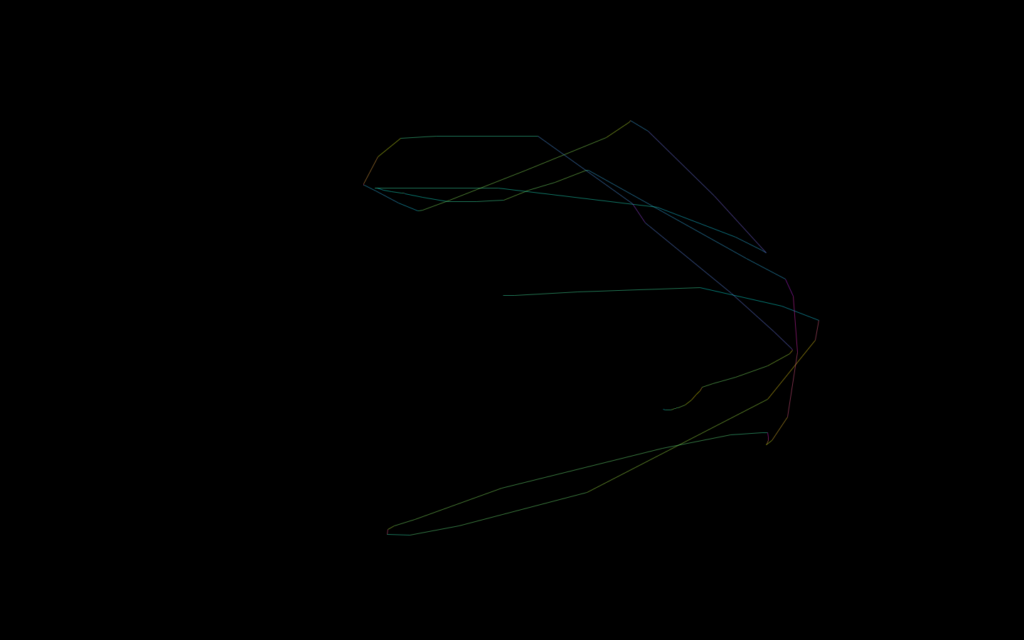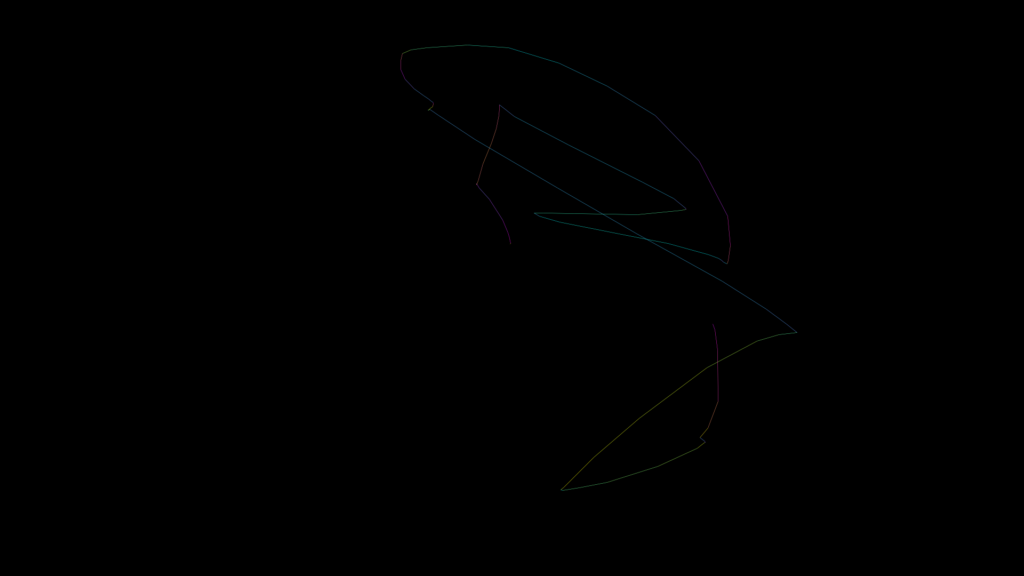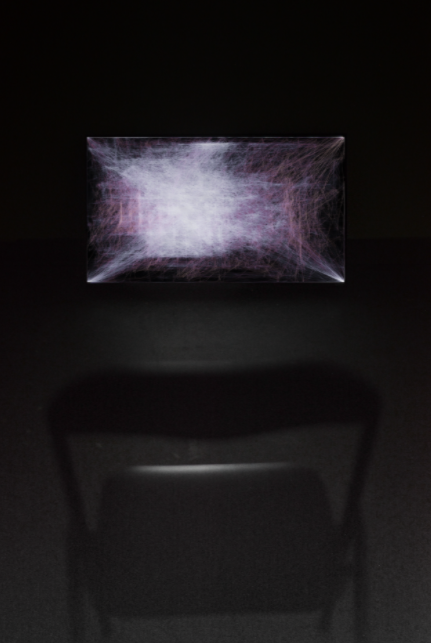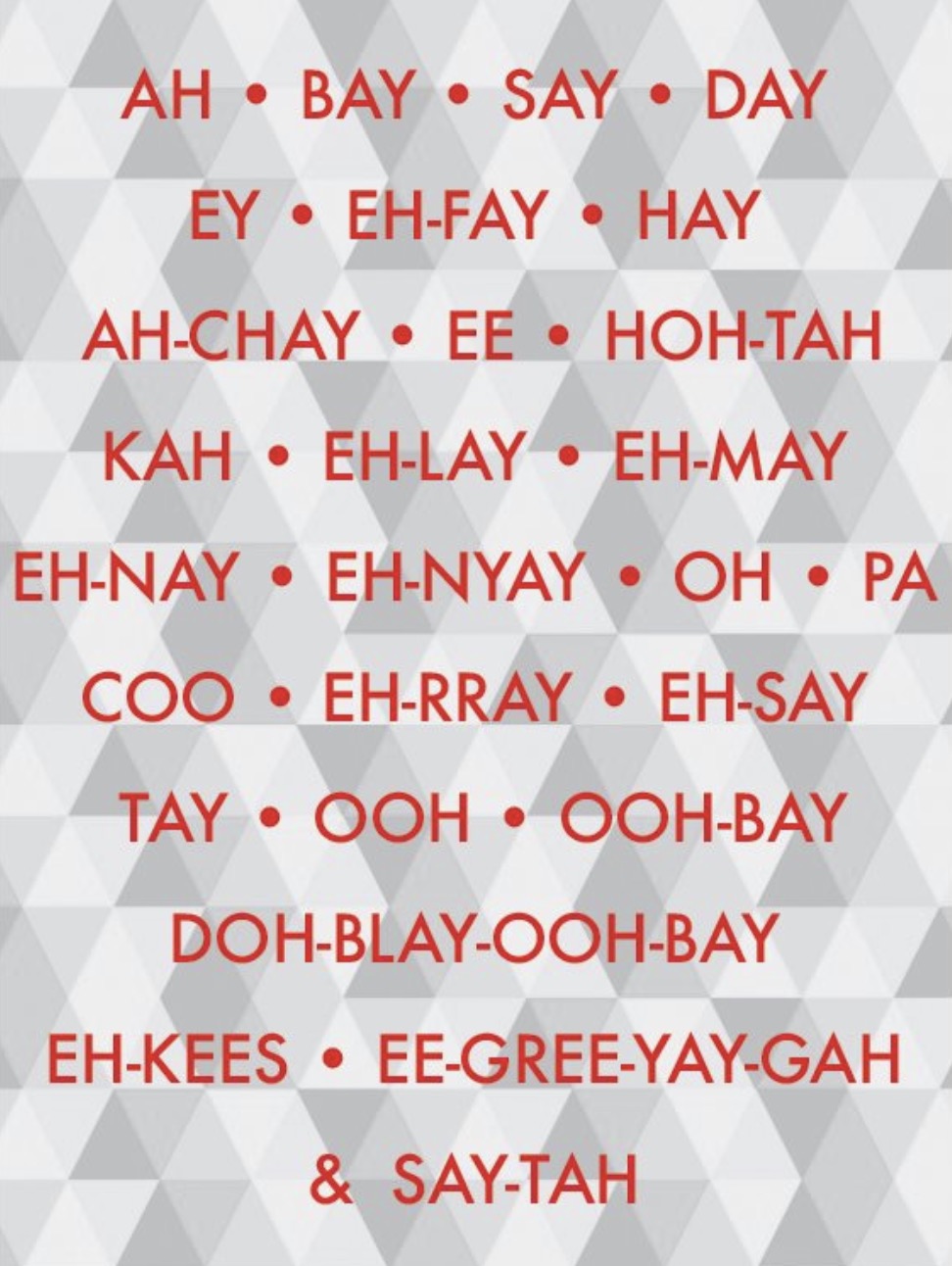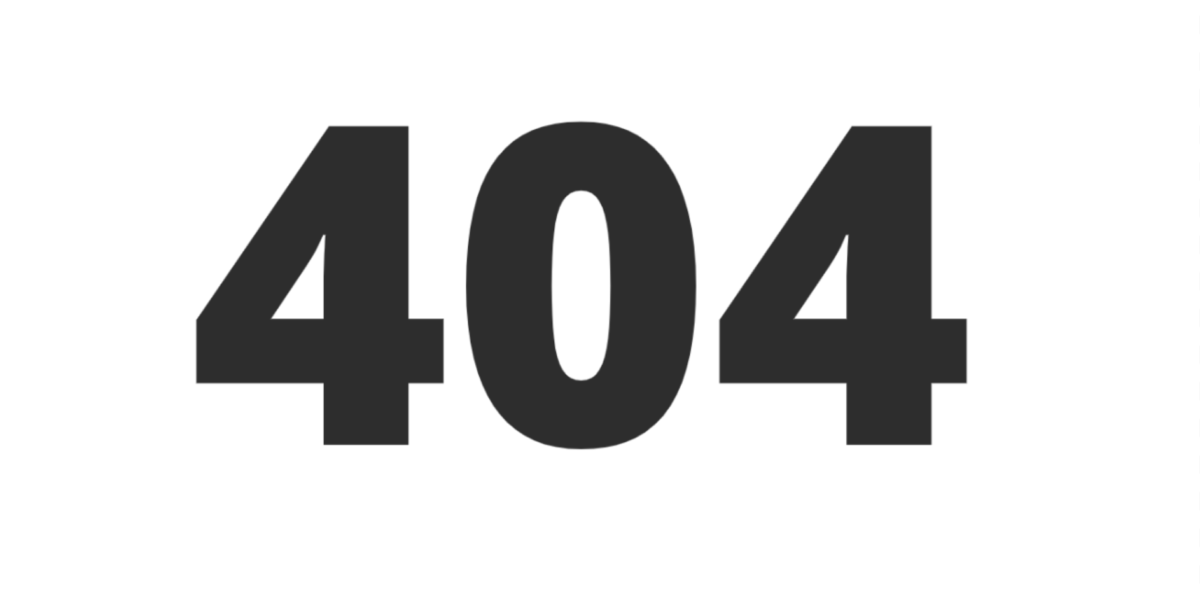As best I can tell, my interest in inscription is rooted in two seemingly disparate origins:
1) Marginalia: in studying markings of others, a deeper reading can emerge. In visual remnants and inky ephemera becomes a road to greater analysis of the content, as well as an examination of how, what, and where we mark. From a more “warm” place, it’s almost as if you’re taking in the material with a peer; there’s an inner-narrative that complements and, at times, challenges your own.
2) Petroglyphs and Pictographs found in the American Southwest, namely those from ancestral puebloan cultures located in the greater four corners region:
From roughly 800ad to 1150ad, the land which currently encompasses the geological formation known as the Colorado Plateau, was the seat of a sprawling puebloan civilization (this culture lives and breathes in several present day tribes: Zuni, Acoma, Lacuna, and Hopi.) The markings of these ancestral puebloans are evident in the multitude of rock paintings and rock carvings found throughout the region, artwork which depicts spirals, anthropomorphs, hands and a variety of clan, tribal, and other markings.
Amidst the colors of the desert, in remote and primitive places home to dust and swallows, lie charged ruins which glow with the ember of a once great fire, a forgotten purpose: for instance, Fajada Butte in Chaco Canyon National Monument (Navajo Nation) is home to one of the preeminent examples of astro-archaeology, the sun dagger:
(Additional stills + exposition here.)
Certain times of day reveal different linear markings, which are then acted upon to guide seasonal migrations, tend crops, commune with powers, or otherwise track/follow celestial events. From an academic standpoint, these markings are categorized under the discipline of astroarchaeology, and broadly are looked as how people in the past, “have understood the phenomena in the sky, how they used these phenomena and what role the sky played in their cultures” (Sinclair 2006.) There are symbolically rich cultural interactions and interpretations of phenomena in the sky and life at play.
While these types of inscriptions and earthworks are not the sole province of cultures in the American southwest (they are indeed both cross-cultural and cross-generational (see Stonehedge, Giza, Jethawana, et cetera), this is the domain I am most intimately familiar with given my familial roots, professional background, and decades of living in the region.
On more philosophical and deeply personal level, the West is a very real and tangible incarnation of the sublime. There is a vastness at play here which simply overwhelms human interference and provokes a sense of place and presence that is lost in our increasingly mediated society. This region allows one to absorb the silence inside.
To aide in the meditation of such, are inscriptions. Lines, marks, symbols in line with the above, that also call into question beginnings and promise. As mentioned in another post there is an element of writing and overwriting, of communication to peel back. In the context of our digital interactions, I am compel to consider Flusser, in “Does Writing have a Future“. In his writing, Flusser asks what will happen to thought and communication as written communication gives way, inevitably, to digital expression. How is our inscription changing?
With the aesthetics of media in mind, I can’t help but consider how pictorial art today is one of boxing in – rectangles and glowing screens and frames. The canvas is a predetermined field and the walls of the museum and gallery share a similar geometric logic.
Even reproduction in print, then the pixel, further this paradigm. This confinement was seemingly unknown to these ancestral puebloans as both petroglyphs and pictographs float in indeterminate space.
───── ⋆⋅✿⋅⋆ ─────
In considering the parallels between the digital sublime and the SW’s very real physical manifestation of such, I considered my own interactions and inscription, again asking how is inscription itself changing in the digital age?
The below gestures are just that; they are a step towards asking how and where do we similarly exhibit linear marking? How do we commune and interact? Where and how do we interact and inscribe ourselves and lives in the digital space? Are we resisting the boundary box of the screen? Do we need to?
───── ⋆⋅✿⋅⋆ ─────
63 mouse inscriptions.
Using a combination of computer code (Processing) and post-processing techniques, I’m able to trace mouse interactions (scrolling up, down, sideways.) The above visuals are stills of the results at intervals ranging from 2 seconds to 4hrs.
The below images, are my initial exploration of the gesture: a layering of various such drawings, totalling some 8hrs of “screen time.” The gesture may be viewed digitally or presented on a screen in a darkened room with a chair to encourage viewing.

